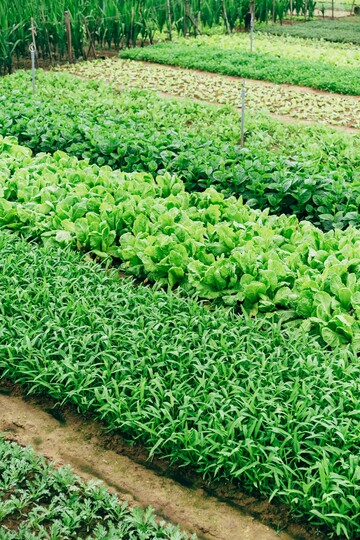What is a habitat?

A habitat is the place where an organism lives and finds the resources it needs to survive.

A habitat is the place where an organism lives and finds the resources it needs to survive.
A habitat is the place where an animal or plant lives. It provides everything the living thing needs to survive, like food, water, and shelter.
There are many different types of habitats on Earth, each with its own unique set of plants and animals.
- Forests are home to many different types of trees, plants, and animals.
- Deserts are very dry places with little rain.
- Mountains are high up in the air and have a lot of different climates.
- Oceans are huge bodies of water that cover most of the Earth.
Habitats work together to support the life of plants and animals. Plants provide food and shelter for animals. Animals help to spread seeds and pollinate plants. When plants and animals work together, they create a healthy ecosystem.
Habitats are important because they provide homes for plants and animals. They also help to regulate the Earth's climate. When habitats are destroyed, plants and animals can die. This can also have a negative impact on the Earth's climate. We need to protect habitats so that plants and animals can continue to live and thrive.
Here are some things you can do to help protect habitats:
- Reduce, reuse, and recycle.
- Plant trees.
- Support organizations that are working to protect habitats.
By taking these steps, we can help to ensure that habitats are protected for future generations.

A habitat is the place where an organism lives and finds the resources it needs to survive.